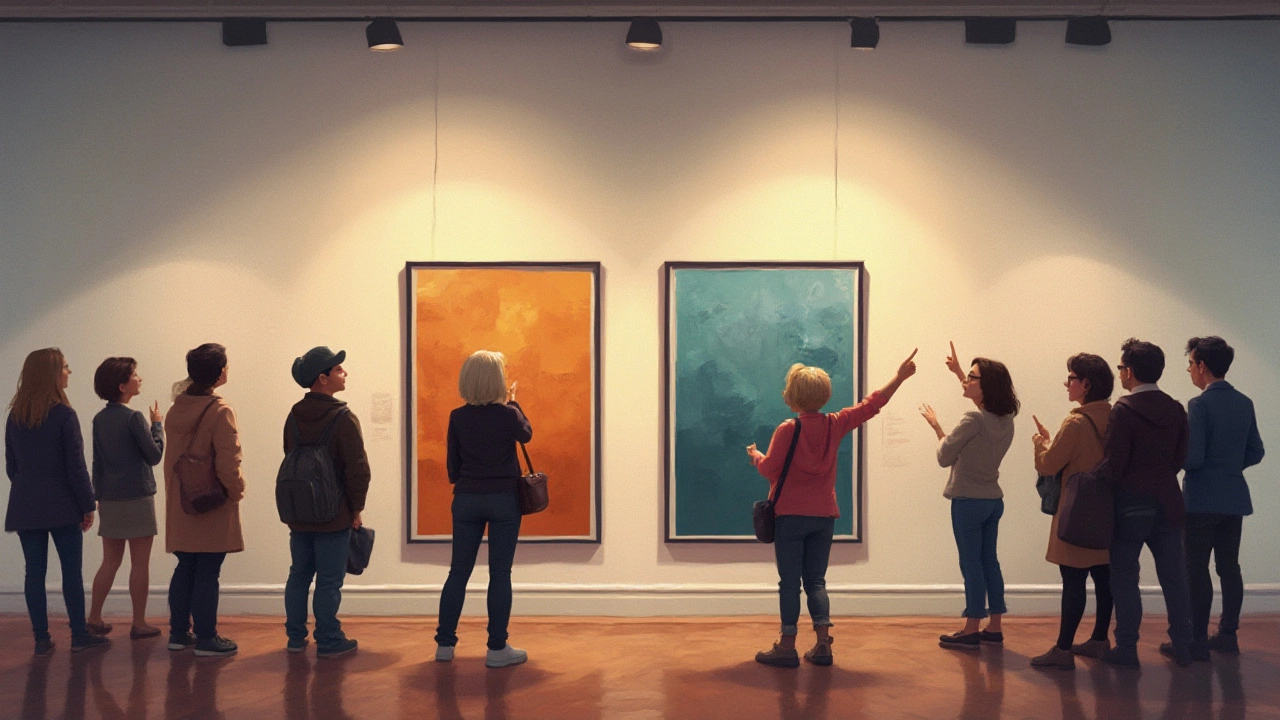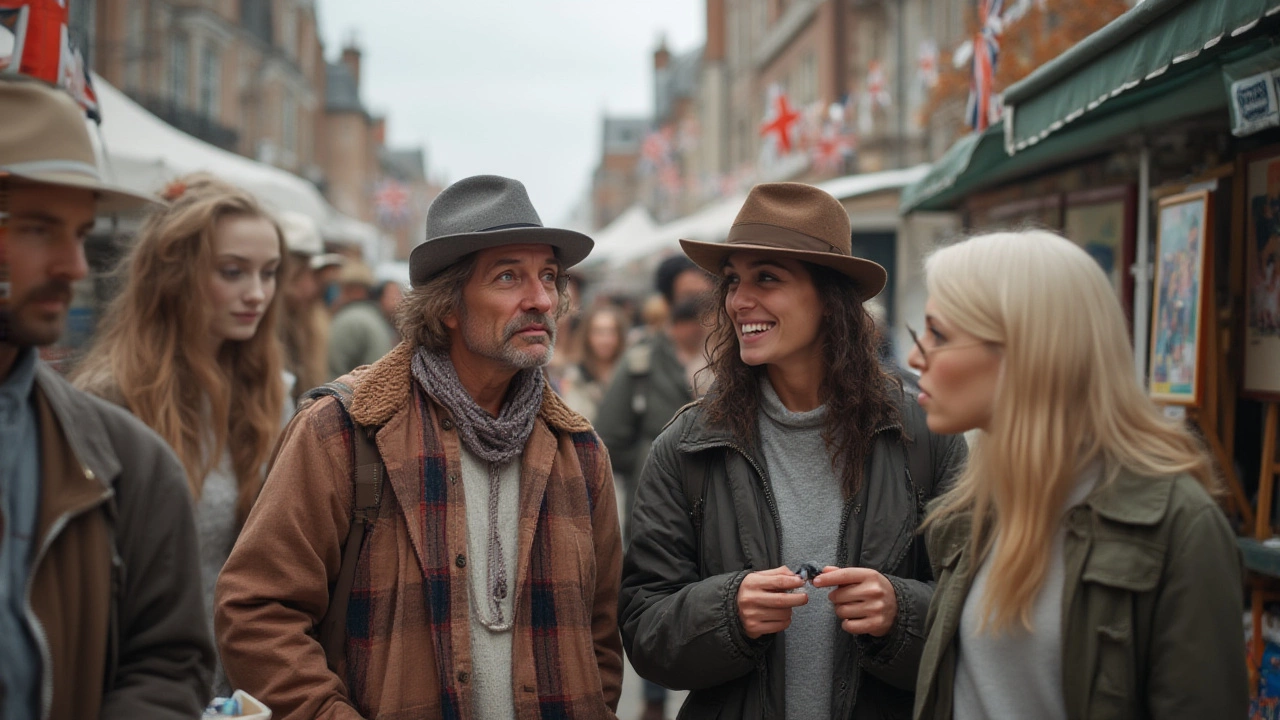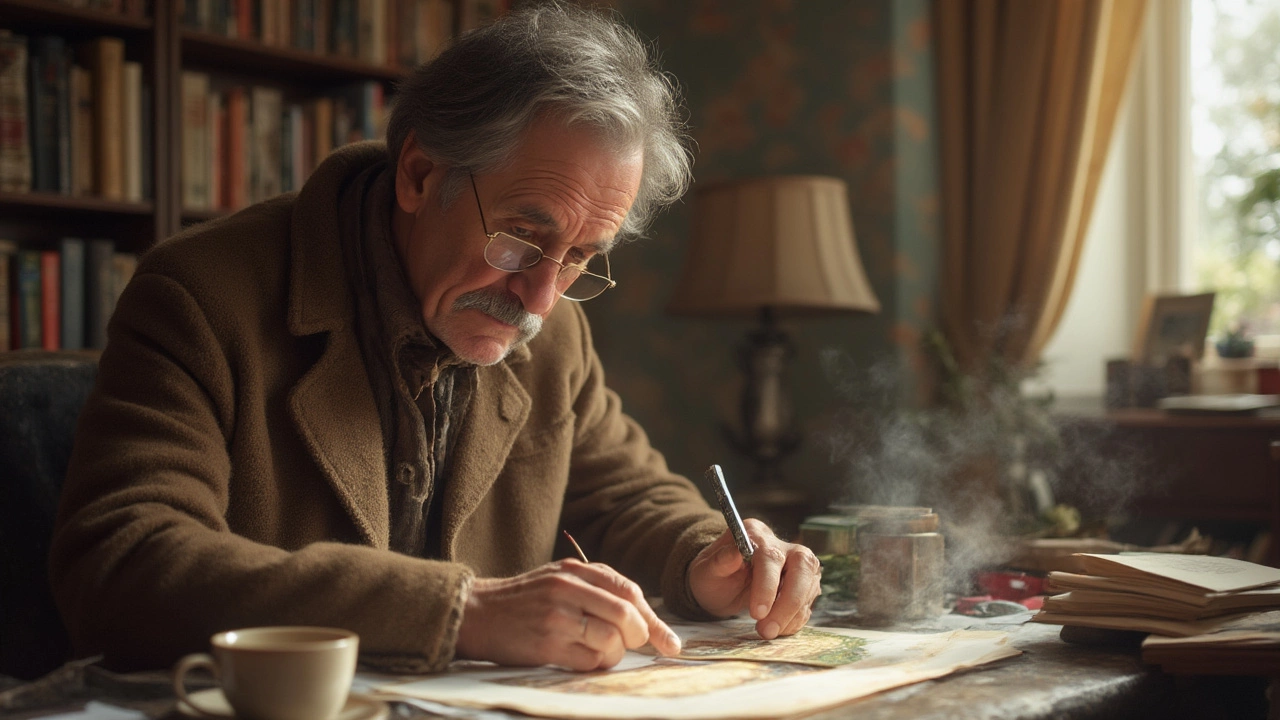That feeling of excitement when you spot a gorgeous print at a market, gallery, or online shop—the colors pop, the details look just perfect, but a question nags at you: is this a real giclee print, or just a poster in disguise? As the buzz around “giclee” grows, so does confusion. Collectors want quality. Artists want credibility. And buyers, especially first-timers, really want to know what they’re getting for their money. Fake giclees and misrepresented prints have sneaked into the market, and it’s not rare for people to drop serious cash on something made by a bulk machine when they thought it was museum-quality. Here’s the nitty-gritty on what you actually pay for when you buy a genuine giclee print and how you can spot the real deal from a (convincing) fake.
What exactly is a giclee print?
The word “giclee” (pronounced ‘zhee-CLAY’) gets thrown around a lot in art circles, but not everyone knows what it really means. The term comes from the French word “gicler,” which means “to spray”—pretty fitting, since giclee prints are made with a high-end inkjet printer that literally sprays tiny droplets of pigment ink onto archival paper or canvas. Giclee printing first emerged in the 1990s, thanks to a combination of digital imaging and advances in printer technology. Artists and photographers finally had a way to make prints that were nearly as rich and detailed as the original without using traditional (and time-consuming) photomechanical processes.
A true giclee isn’t just a regular digital print. Several factors set it apart:
- Archival-quality paper or canvas is used—think 100% cotton rag, watercolor paper, or premium canvas made to last decades without fading or yellowing.
- Pigment-based inks replace the cheap dye-based stuff, offering vibrant, accurate colors and resistance to UV light.
- Professional printers with at least eight to twelve ink colors, sometimes more, help to achieve subtle gradients and hues that basic printers can’t manage.
- High image resolution: manufacturers recommend files be at least 300 dpi for maximum detail (some print labs even insist on 600 dpi for complex images).
Artists love giclee because it means their work can be reproduced closely—often in limited editions that collectors covet. Galleries and museums sometimes display giclee prints when showing priceless originals isn’t possible. Bonus: some of Monet’s and Matisse’s most famous masterpieces are seen this way. The catch? Anyone with a decent inkjet can produce art prints and call them giclee, but only the real deal follows these standards.
Spotting a genuine giclee: the essentials
So how do you avoid overpaying for something that’s basically a glammed-up poster? Start with close inspection. Hold the print under bright, natural light, and look for these tell-tale signs:
- Paper or canvas quality: Run your fingers over the surface. Giclee prints are usually on matte, lightly textured, or thick, fine art paper—or high-grade canvas. Cheap inkjet paper feels thin, glossy, or sometimes almost ‘plasticky’.
- Color depth and sharpness: Giclee process reproduces super-fine details, gradations, and rich colors. Zoom in—if you squint and see clear lines but no weird dots or grid patterns (like you’d get with an office inkjet or offset print), that’s a good sign.
- Edges of the print: Giclee prints don’t have the tell-tale banding or “stepping” where one color clearly ends and another begins. Instead, shading and lines are smooth.
- No visible printer marks: You won’t see the color separation (cyan, magenta, yellow, black dots) you find in mass-market poster prints. The transitions are seamless.
- Ink absorption: Giclee paper/canvas absorbs the ink, so touch the back—there shouldn’t be any bleed-through or stickiness.
- Label or documentation: Reputable artists and printmakers include a certificate of authenticity or label stating “giclee,” the paper/canvas brand, ink type, date, and (if a limited edition) the print number and artist’s signature.
- Smell: It may sound odd, but a real giclee rarely carries any chemical smell. Poster prints sometimes reek of ink or plastic, especially right after printing.
If you want to up your detective game, carry a magnifying glass. Under 5x or 10x magnification, genuine giclee prints should show no tiny, regular patterns—just millions of nearly invisible ink droplets, almost like watercolor. Offset lithographs, in contrast, display uniform dot patterns or halftone screens you can see clearly with a loupe.

The difference between giclee, laser, and offset prints
Mistaking a mass-market print for a giclee is surprisingly easy. Here’s a rundown of how giclee stacks up to common print types:
| Attribute | Giclee Print | Offset Print | Laser/Digital Print |
|---|---|---|---|
| Ink Type | Archival pigment ink | Dyes or non-archival inks | Toner powder or dye ink |
| Print Surface | Fine art paper/canvas | Glossy, regular paper, sometimes canvas | Regular or coated paper |
| Detail & Color | Sharp, vibrant, high-resolution | Good, but less subtle gradations | Bright, but tends to fade quickly |
| Longevity | Over 70–100 years (archival) | 20–30 years at best | 10–20 years, sometimes less |
Offset prints often look glossy and slick, especially in high-volume reproductions like classic posters, album covers, or calendars. The colors may appear slightly flat or banded where they meet. Laser prints are typically less crisp when examined closely, sometimes feeling powdery or almost greasy when compared to the gentle texture of giclee. Don’t be fooled by frames or matting—these can dress up any print type, hiding the real quality underneath!
Giclee enjoys a bit of rock star status in the fine art world because museum archivists did the tests: they exposed giclee prints to concentrated UV radiation and tracked color changes. The results? Giclee prints on the right paper held up for more than 100 years before serious fading started, according to studies by the Wilhelm Imaging Research institute. Offset and laser prints turned pale in a fraction of the time. If you’re thinking about investing or gifting, that lifespan makes a difference.
Red flags: what fake or misrepresented giclee prints look like
The internet is full of bargains too good to be true, and sadly, that applies to art prints as well. Some mischief-makers just stick the word “giclee” on any print they can. Here’s how fakes or misrepresented prints usually tip their hand:
- Papers that feel too thin, shiny, or rough compared to the real thing. Giclee prints should feel weighty, sturdy, and pleasant to touch.
- Lack of artist endorsement: most serious artists sign, title, and sometimes hand-number their giclee prints. The absence of any hand-applied details is a giant question mark.
- Certificate? A real certificate isn’t just a piece of printer paper. It lists edition details, sometimes the print method, and (when possible) bears the artist’s signature or stamp.
- Too-perfect or pixelated lines: giclee should look natural and smooth. Jagged pixel edges, visible compression artifacts, or clear missed spots mean you’re looking at a digital print gone wrong.
- Suspiciously low prices: making a real giclee isn’t cheap. If the price seems lower than a night out for two, it’s likely a mass-printed job, not an archival-quality giclee.
- No provenance at all. If the seller can’t provide evidence or details about where/who made the print, give it a hard pass or walk away.
I’ve come across more than a few tragic stories of people buying “giclee” prints online only to receive something blurry or mass-produced. Some online shops have even boasted Disney “giclee posters” that, upon arrival, looked like they’d faded just from sitting in the parcel pack. A little research can save you a big letdown, and when in doubt, ask the seller direct questions—they should be able (and happy) to answer.

Insider tips for buying and caring for genuine giclee prints
Ready to grow your art collection but not sure where to start? Here’s the best advice I can give, based on chats with Wellington’s local artists and my own shopping adventures:
- Always request a certificate of authenticity that specifically says “giclee print” and includes print run size, number, paper/canvas type, and the artist’s signature.
- If you’re buying in person, touch and feel the print (with clean hands, of course). No artist or gallery will mind, since texture and quality sell the work.
- If shopping online, stick to trusted galleries or artist-verified accounts. Steer clear of mass outlets or shops with vague product descriptions.
- Store giclee prints in acid-free sleeves when not on the wall, away from direct sun or extreme humidity. This keeps the colors safe for decades.
- Always use UV-protective glass or acrylic when framing. Even if the print is touted as UV-resistant, extra protection never hurts.
- Giclee prints can be cleaned gently with a soft, microfiber cloth if they get dusty—avoid sprays or wet wipes, since moisture and fine art are mortal enemies.
- If investing really gets you excited, check the edition size: smaller runs (say, 10–50 prints) are usually more valuable and collectible than larger ‘open edition’ sets.
- And here’s a quirky piece of advice straight from a veteran Kiwi painter: “If the seller can’t tell you who printed it, or if the paper brand is a mystery, don’t buy. Real giclee artists know every ingredient in their work.”
Art collecting isn’t just for the rich or for people with cavernous white walls. Giclee lets almost anyone own a high-quality piece that won’t flake, fade, or embarrass you when friends visit. Next time you’re hunting for that just-right print, remember the little details—paper, ink, artist’s touch—and never be afraid to ask questions.

